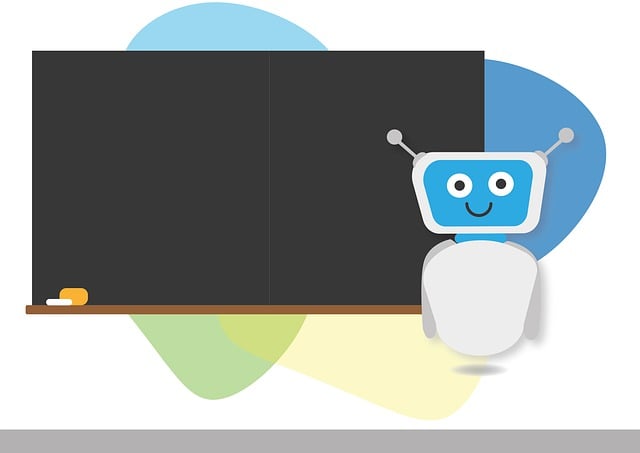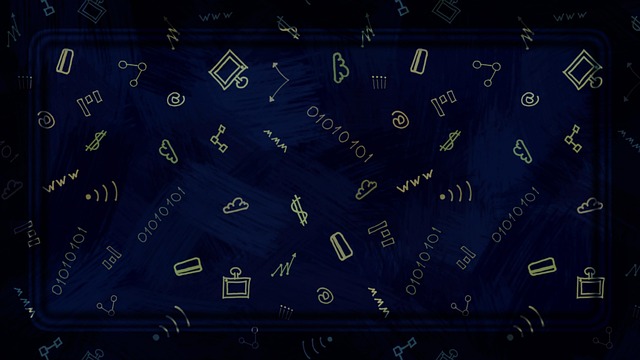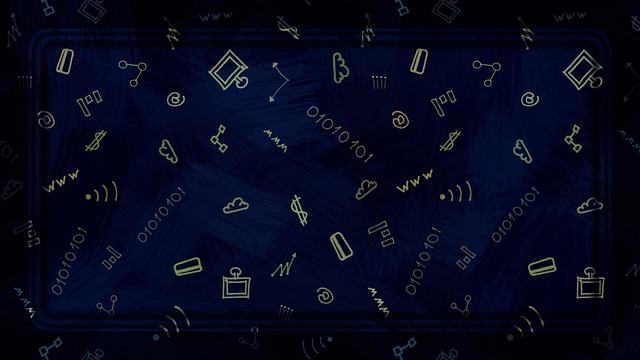Chatbots integrated into Shopify stores have transformed e-commerce by providing 24/7 personalized support, improving customer engagement, and boosting sales. To implement, choose a compatible chatbot platform, customize settings for brand alignment, connect to Shopify, and test thoroughly. AI-driven chatbots instantly answer queries from product recommendations to order tracking, reducing response times and increasing customer satisfaction. Effective design balances user experience with clear communication using NLP and interactive elements, while continuous testing and updates optimize performance. Measuring key metrics like response time, conversation length, and satisfaction ratings guides improvements for better customer query resolution.
“Unleash the power of chatbots to elevate your Shopify store’s performance! This comprehensive guide explores the growing significance of these AI assistants in e-commerce. We demystify chatbot integration with Shopify, offering a step-by-step process for seamless implementation. Discover how chatbots enhance customer experience, providing 24/7 support and personalized interactions. Learn best practices for designing engaging conversations and key metrics to track success. Maximize your Shopify store’s potential with the strategic use of chatbots.”
- Understanding Chatbots and Their Growing Significance in E-commerce
- The Integration of Chatbots with Shopify Stores: A Step-by-Step Guide
- Benefits of Using Chatbots for Shopify Merchants: Enhancing Customer Experience
- Best Practices for Designing and Implementing Chatbot Conversations
- Measuring Success: Tracking Key Metrics to Optimize Your Shopify Chatbot
Understanding Chatbots and Their Growing Significance in E-commerce

Chatbots have emerged as a game-changer in the e-commerce space, transforming the way businesses interact with their customers. These intelligent digital assistants offer a seamless and personalized shopping experience, making them an invaluable tool for online retailers. With Shopify’s robust platform, integrating chatbots has become more accessible than ever. Through natural language processing, these bots can understand customer queries, provide product recommendations, and even facilitate purchases, all while delivering a fast and efficient service.
The significance of chatbots in e-commerce cannot be overstated, especially as consumer expectations continue to rise. They offer 24/7 availability, instant responses, and a level of customization that traditional customer service often struggles to match. By leveraging chatbot technology, Shopify merchants can enhance customer engagement, increase sales, and build stronger brand loyalty. This growing trend is reshaping the online shopping landscape, making it an exciting time for businesses to adopt these innovative solutions.
The Integration of Chatbots with Shopify Stores: A Step-by-Step Guide

Integrating a chatbot into your Shopify store can be a powerful way to enhance customer engagement and streamline support. Here’s a simple step-by-step guide to help you get started. Firstly, select a suitable chatbot platform that offers integration with Shopify. Many options are available, each with unique features and pricing plans, so choose one that aligns with your business needs. Once you’ve chosen a platform, install the Shopify app from the official store or through your platform’s marketplace.
After installation, configure the chatbot settings to match your brand and preferences. This may include setting up greetings, defining product categories for context-aware conversations, and personalizing responses. Ensure secure data connection between your Shopify store and the chatbot platform by following the provided instructions. Test the integration thoroughly before launching to ensure a seamless experience for both you and your customers.
Benefits of Using Chatbots for Shopify Merchants: Enhancing Customer Experience

Implementing chatbots on your Shopify store is a game-changer for enhancing customer experiences and driving sales. These AI-powered tools offer 24/7 availability, providing instant support to shoppers at any time of day or night. By instantly addressing customer queries, from product recommendations to order tracking, chatbots can significantly reduce response times compared to traditional customer service channels. This swift interaction improves satisfaction levels and fosters a sense of personalized attention, encouraging repeat business.
Moreover, chatbots can collect valuable customer data during interactions, allowing Shopify merchants to gain deeper insights into consumer behavior. This information can be leveraged to tailor marketing strategies, create targeted campaigns, and offer customized product suggestions. Such personalized experiences not only boost sales but also contribute to building a loyal customer base, setting your Shopify store apart in a competitive market.
Best Practices for Designing and Implementing Chatbot Conversations

When designing and implementing chatbot conversations for a Shopify store, it’s crucial to prioritize user experience and clear communication. Start by defining the chatbot’s purpose and scope; whether it will handle basic inquiries, product recommendations, or full customer support. This focus ensures that conversations are streamlined and relevant. Use natural language processing (NLP) to enable the chatbot to understand a wide range of user inputs, allowing for more fluid interactions. Incorporate interactive elements like buttons, menus, and forms to guide users through specific tasks, enhancing engagement and reducing confusion.
Regular testing and iteration are essential practices. Monitor conversation performance, analyzing user feedback and interaction metrics to identify areas for improvement. Continuously update the chatbot’s knowledge base to ensure accurate and up-to-date information. For a Shopify chatbot, integration with your store’s data and systems is key; seamlessly access product details, inventory levels, and customer information to provide dynamic and personalized responses, creating a seamless shopping experience.
Measuring Success: Tracking Key Metrics to Optimize Your Shopify Chatbot

Measuring success is an integral part of optimizing your Shopify chatbot. By tracking key metrics, you gain valuable insights into user interactions and can fine-tune your chatbot’s performance. Metrics such as response time, conversation length, and customer satisfaction ratings provide a clear picture of how effectively your chatbot is resolving customer queries.
Identifying areas for improvement becomes easier when analyzing these figures. For instance, if the average response time is high, it might indicate a need for more sophisticated integration or additional training data. Similarly, lengthy conversations could suggest that customers require more comprehensive answers from the beginning, prompting adjustments to the chatbot’s knowledge base and branching logic.
Chatbots are transforming the e-commerce landscape, particularly on Shopify. By integrating these AI assistants, merchants can significantly enhance customer experience through 24/7 support, quick response times, and personalized interactions. The step-by-step guide provided offers a clear path for implementation, while best practices ensure meaningful conversations that drive sales. Continuous optimization, based on key metrics, is crucial to staying competitive in today’s digital marketplace. Embracing the power of chatbot Shopify integration can be a game-changer for online businesses looking to excel.
